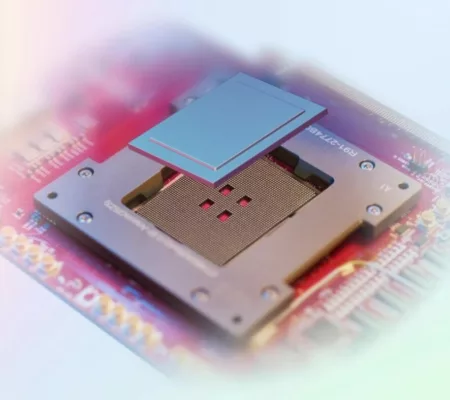Education is undergoing a transformative phase, largely thanks to the integration of Artificial Intelligence (AI). This cutting-edge technology is not just a buzzword; it’s actively reshaping how students learn, teachers teach, and educational institutions operate. In this article, we delve into the top seven applications of AI in education, exploring how each is revolutionizing the learning experience.
1. Enhancing Online Learning
With the rise of online education and research paper writing services, AI has played a pivotal role in enhancing the online learning experience. AI-driven platforms can offer interactive courses, instant feedback, and a more engaging learning environment. They can also monitor student engagement and performance, providing insights to help educators improve course content and delivery. This technology has made online learning more dynamic and accessible, allowing students worldwide to access quality education.
2. Automated Administrative Tasks
AI is a game-changer for teachers and administrative staff by automating routine tasks. Tasks like grading tests, assessing homework, and managing student records are time-consuming. AI systems can handle these efficiently, freeing educators to focus more on teaching and less on paperwork. This shift saves time and reduces the likelihood of human error in administrative tasks, leading to a more streamlined and effective educational process.
3. Intelligent Tutoring Systems
Intelligent Tutoring Systems (ITS) stand out in education technology, particularly in defining an analytical essay and other complex learning tasks. These systems serve as personal tutors, offering individualized instruction and support. ITS can provide step-by-step guidance for students grappling with the intricacies of analytical essays, from outlining to analyzing texts. This targeted assistance is invaluable, particularly when tackling challenging subjects. ITS adapts to each student’s learning pace and style, ensuring that even complex concepts like essay analysis become more approachable and understandable.
4. Early Identification of Learning Disabilities
AI technology is instrumental in the early identification of learning disabilities. By analyzing student work data, AI can identify patterns that may indicate a learning disability, such as dyslexia or ADHD. Early detection means that students can receive the support and resources they need much sooner, improving their educational experience and outcomes. This proactive approach is a significant stride in inclusive education, ensuring that all students have the opportunity to succeed.
5. Personalized Learning Experiences
One of the most significant impacts of AI in education is the creation of personalized learning experiences. AI algorithms analyze students’ performance, learning habits, and preferences to tailor the educational content accordingly. This customization means that each student can learn at their own pace, focusing on areas where they need improvement while breezing through topics they’ve mastered. For instance, if a student excels in math but struggles in reading, the AI system can adjust the curriculum to provide extra reading resources while maintaining a steady progression in math.
6. Language Learning Tools
AI has revolutionized language learning through advanced language learning tools. These tools use natural language processing (NLP) to help students learn new languages more effectively. They offer interactive exercises, real-time corrections, and personalized learning paths. Additionally, AI-powered chatbots can simulate conversations in different languages, providing students valuable practice in a safe and controlled environment.
7. Predictive Analytics in Education
Finally, predictive analytics powered by AI is transforming how educational institutions operate. By analyzing student performance, attendance, and engagement data, AI can predict trends and outcomes, such as which students are at risk of dropping out. This insight enables educators and institutions to intervene early, offering support and resources to those students who need them most. Predictive analytics also helps in curriculum development and resource allocation, ensuring that educational offerings meet the evolving needs of students.
Final Thoughts
In conclusion, AI is not just revolutionizing the educational landscape; it’s reshaping it for the better. From personalized learning and intelligent tutoring systems to predictive analytics and enhanced online learning, AI is making education more accessible, efficient, and effective. As we continue to explore and integrate these technologies, the future of education looks brighter and more promising than ever. This technological advancement is not just a leap forward for students and educators but a giant step for the education system as a whole.






